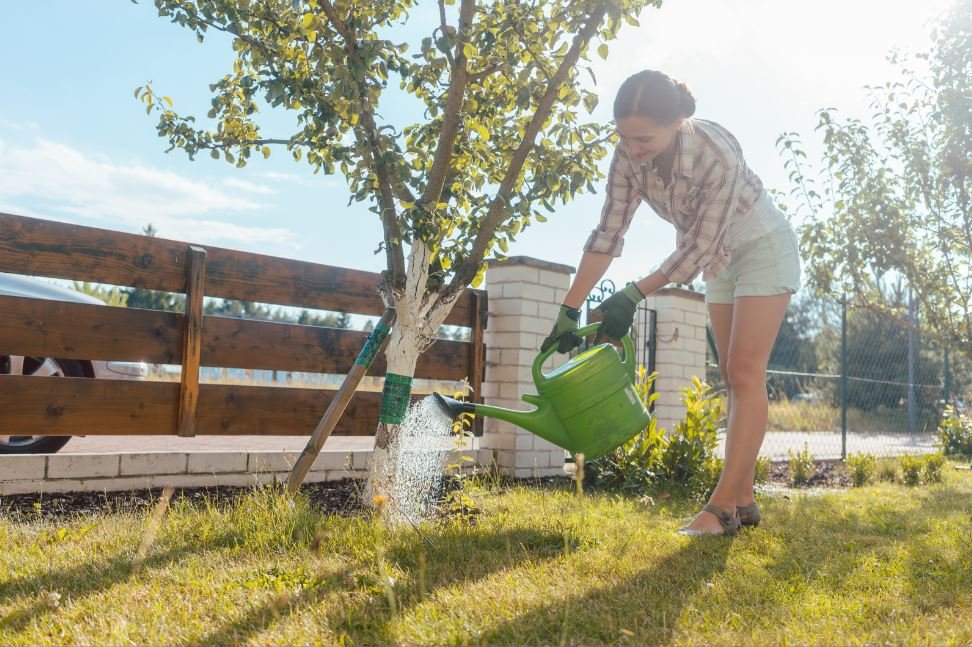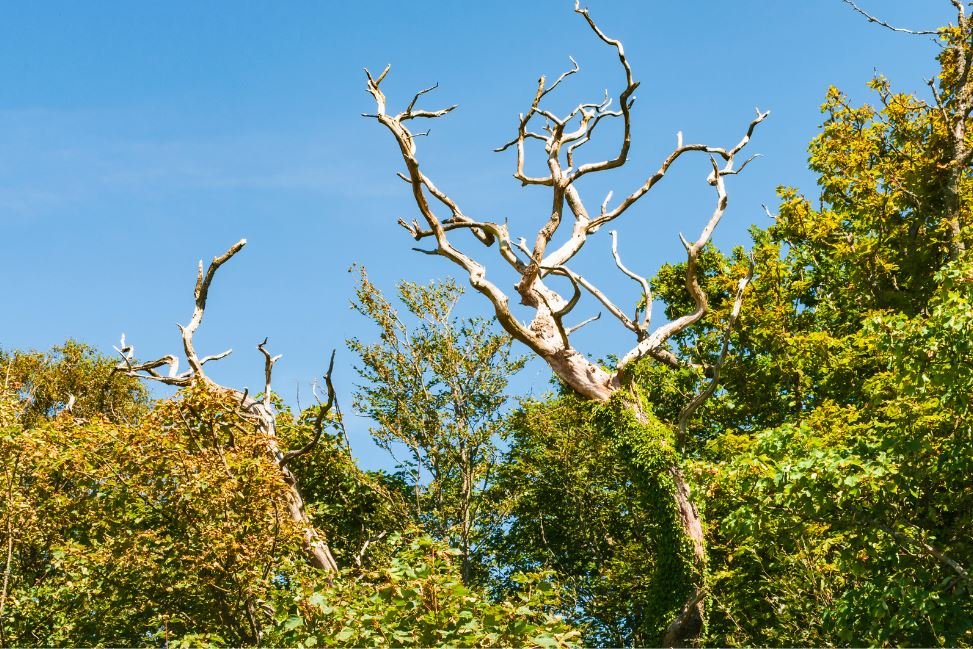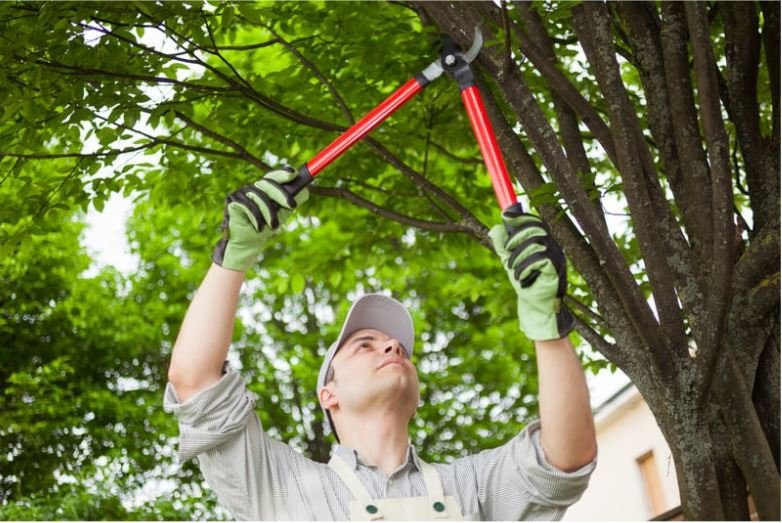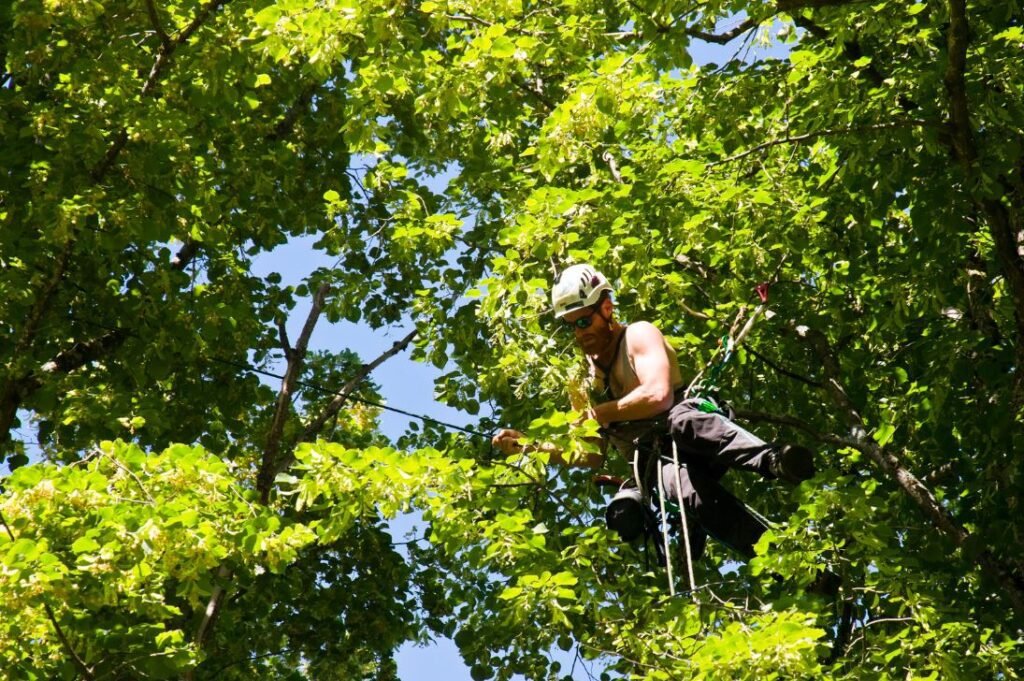Tree Disease and Insect Infestation
The keen eye of an arborist is required to monitor a landscape to prevent it from turning from an asset to a liability. There are numerous insects that affect the health of trees causing adverse effects to a landscape. Tree health is very important and if left unchecked it can cause mortality of forests.
Signs of Insect Infestation.
These signs vary from tree to tree depending on the level of infestation and the Size and age of the tree. A landscape caretaker should also be able to differentiate between the effects of insect infestation disease and drought. Symptoms of infestation first manifest themselves on the leaves and twigs of trees. Signs on leaves can range from discoloration, stunted sizes, borer holes, sudden thinning of foliage to death. In branches and trunks, one should check for reduced growth rate compared to previous years. The holes on stems and lifting roots are other symptoms.
Insects and pests are classified by the damage they cause and the part of the tree they prefer. Some insects suck juices from leaves some bore through tree trunks and others eat the leaves. The insects that feed on the leaves are known as defoliators while those that draw sap from leaves and trunks can be referred to as sapsuckers. Defoliators affect the rate at which trees make sugars they need to grow and survive. Deciduous trees can survive for several seasons without leaves while evergreen trees can be killed by absence of leaves for long durations. One example of defoliator is the gypsy moth. The sapsuckers draw juices from shoots leaves and twigs often causing crinkled appearance and stunting of growth. Sapsuckers can kill a tree in heavy infestations. By boring on the bars back borers disrupt the transportation system of a plant. Water and nutrients do not get to their designated destinations. It is important to note that bar borers can carry diseases which they often transmit.
Common insects
Aphids- These feed on the leaves of trees and can cause huge damage when large populations invade a landscape. They also exude a sticky substance which causes the growth of sooty mold fungus. Aphids also inject toxins which cause disease and distortion of growth.
Asian longhorn beetle- These are bar borers which cause weakening of trees and can eventually cause the trees to fall apart. They often lay eggs in openings on tree bars.
What to do?
Landscape caretakers should take photos of trees they deem infested and contact arborists for treatment before the spread becomes rampant. Samples of the insects should also be taken and preserved in containers for easy identification in the future.
Common Tree Diseases
Diseases are a common problem in a landscape. Most of the diseases are caused by tiny organisms that cannot be seen with the naked eye. However, the diseases become obvious once the symptoms take hold. Diseases can affect localized portion of a tree or the entre tree. Needle cast defoliation, leaf blotch and chlorosis or yellowing of leaves are some of the most prominent symptoms. Tree pathologists are the people involved with the study of forest and landscape diseases. Tree diseases are classified by their cause after studying the signs and symptoms that are manifest. Most of the common tree diseases are caused by fungus and hence are classified as fungal diseases. Fungal diseases are then classified by the type of infection they cause and the part of the tree affected.
Phytophthora Root & Crown Rot: It is characterized by a combination of symptoms which range from general unhealthy appearance, discoloration or loss of foliage and crown dieback. Young trees are especially susceptible due to their underdeveloped root systems. This disease is common in most and warm soils hence maintaining good drainage is essential in the prevention of this disease.
Anthracnose: This is a group of diseases that are mostly identified by their most common symptom. Blotches or irregular dead areas is the most prominent symptom which deprives the tree of its ability to make sugars necessary for growth.
Oak Wilt: This s a disease specific to oak trees and is spread by insects or when roots of infected trees meet and form a connection. This disease can be reliably identified by its ability to cause leaf drops and presence of leaves with partially green and brown patches.
Treatment
Before a corrective action is taken the cause of the problem must first be established. This ensures the treatment of the disease rather than its symptoms. Diagnosis from an experienced arborist proves critical at this point.





